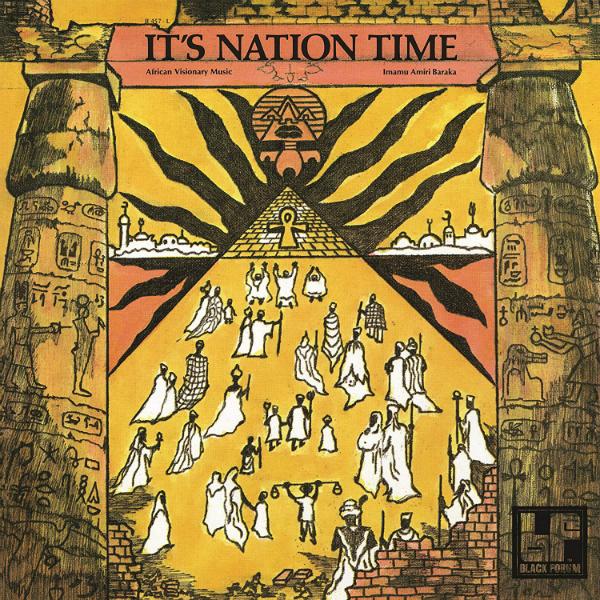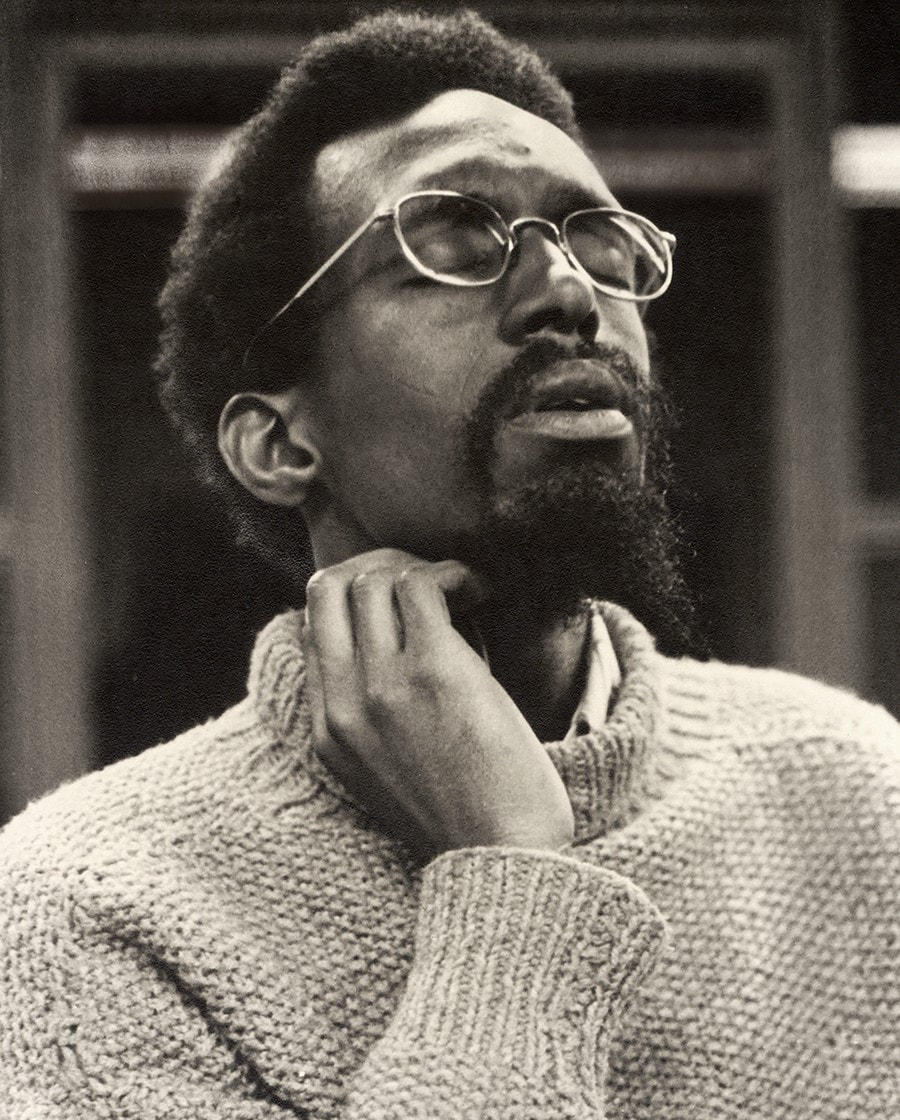|
by Brittany J. Green I was born in the sweltering piedmont of North Carolina. Same as my mother. And my mother’s mother. And her mother. And her mother was born into slavery, a child of the plantation master in this very place. Her memories of the mistress rocking on top of her adolescent body with a rocking chair have stayed with my family, along with her love for God and the Black Church. For generations – both in the Black community at large and within my southern family – the Black Church has been more than a place of worship, religion, and spirituality. It has been the impetus of our communities and the source of so many things that the world has denied us –Agency, Leadership, Identity, and Voice – enclosed within a unique, Black sonic space. My first encounters with sound were in this space. A Black, evangelical, southern space. Filled with foot-stompin’ and hand-clappin’ oom-pahs, tambourine shakes, and syncopated rhythms. Drum fills, extended chords on a Hammond organ, and the voices of a choir full of vibrato, scoops, and spirit under the lead singer’s melismas. The high-pitched exclamations of agreement from “church mothers,” and the song-like declarations from the pastor. This communal sonic space was full of sound, but all about feeling, reacting, and the recontextualization of our identity and place within the world around us. As I grew older, I began engaging in art music. I was fascinated by the drama of classical music– the blending of timbres, the tension and release, and the rigorous contrapuntal development of all the “great” works of the past. Every note sounded like it was perfectly placed, yet, I couldn’t help but feel like something was missing. I loved this music, but it wasn’t quite resonating with me the way I thought it should. My curiosity eventually led me into the world of Avant-Garde music, Experimental music, and Sound Art through the works of Amiri Baraka and Julius Eastman, among others. These artists redefined sound, gesture, and the act of listening in a way that reminded me of my first encounters with sound. I felt their works just as much as I heard them. I still remember the first time I heard Julius Eastman’s Stay On It. Both my mind and my body were on fire. For me, listening to this piece was an indescribably beautiful, visceral, and spiritual experience. I felt as if the music was inviting me to hear with my whole body as if to feel the piece was to hear the piece. Shortly after, I heard Amiri Baraka’s It’s Nation Time for the first time. Baraka’s use of voice and contextualized sound to create agency, identity, and community within a non-physical sonic space was powerful, and again, reminded me of my first encounters with sound. These encounters gave me insight on how to reframe my childhood experiences of sound outside the context of the Black Church sonic space in my own work. These artists made me feel connected to my heritage and my past in a way that also defied stereotypes of "the Black sound,” and knowing their work helped dilute the “otherness” I felt as a Black artist interested in art music. More specifically, as a Black artist interested in exploring sound as both an intellectual and evocative object, an object that can be used to foster community and identity, and a Black sonic space outside of the realm of spirituals, these embodied encounters were life-changing. Brittany J. Green (b. 1991) is a North Carolina-based composer, creative, and educator. Described as “cinematic in the best sense” and “searing” (Chicago Classical Review), Brittany’s music is centered around facilitating collaborative, intimate musical spaces that ignite visceral responses. The intersection between sound, movement, and text serves as the focal point of these musical spaces, often questioning and redefining the relationships between these three elements.
Creative interests include mapping aural gestures to gestural recognition technology and exploring VR platforms as a tool for experiencing immersive, intimate musical moments. Her music has been featured across the United States at the NYC Electronic Music Festival, SCI National Conference, SPLICE Institute, Electroacoustic Barn Dance, West Fork New Music Festival, and Bowling Green Graduate Conference. She has presented research at the NC Music Educators Association Conference, ECU Research and Creative Arts Week, and Darkwater Women in Music Festival. From 2018-2019, Brittany served as composer-in-residence for the PCS/ECU Young Composers Project. Current projects include commissions from JACK Quartet as an inaugural member of JACK Studio, Margins Guitar Collective, and bassist Kate Alexandra. She is currently pursuing a Ph.D in Music Composition at Duke University as a Dean’s Graduate Fellow. Check out Brittany J. Green's website HERE, and follow her on social media! See below: Soundcloud: (Brittany J. Green) https://soundcloud.com/brittany-green-381873684 YouTube: (Brittany J. Green) https://www.youtube.com/channel/UCpahQl5t2bZ23KA3jhmvcgg Facebook: www.facebook.com/greenb Instagram: @brittanyjgreenmusic
0 Comments
Leave a Reply. |
Details
Writings, musings, photos, links, and videos about Black Artistry of ALL varieties!
Feel free to drop a comment or suggestion for posts! Archives
May 2024
|
Member Login
Black concert series and educational programs in Boston and beyond



 RSS Feed
RSS Feed










